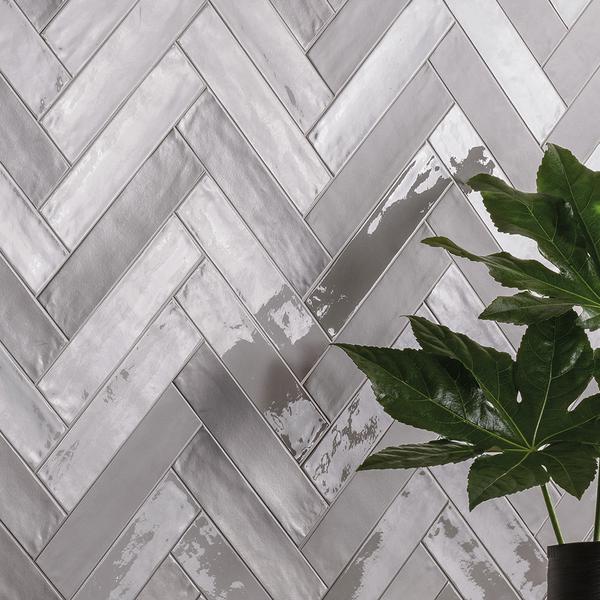Totalook: interview with the designer
A passion for detail and a drive to innovate. These are the values Emilgroup shares with the Pablo Muñoz Payá Arquitectos architecture firm, and which form the foundation for two major retrofitting projects at Alicante, Spain: a Japanese restaurant and the private renovation of a building in the heart of the city,
We chatted to the Pablo Muñoz Payá Arquitectos team to obtain insights into the benefits of porcelain stoneware in innovative projects.
We offer practical design tailored to the needs of every type of client, context and budget. Our projects combine performances with a functional approach that blends craftsmanship, imagination and innovation. We use materials pared back to their essences and expressed with the greatest care to achieve a sensation of wellbeing addressed to the spirt just as much as to the body.
What’s more, in our Corporate Interior Design we analyse and understand every client’s identity, creating solutions with an added value of crucial importance to every business.
We are proud of our status as artists but are also happy to be technicians, who work with extreme precision and accuracy to complete projects in line with the agreed budget and delivery times. We achieve all this thanks to full, meticulous engagement throughout the entire process, which guarantees the final success of the architectural project.
The Kekomo project arose from the need to change the image of the premises, where previously the family butchers’ business was combined with the take-away Japanese food trade. The client decided to transform the location’s image, making a sharp break with the past use and focusing solely on the sale of take-away Japanese food.
For the Kekomo project, we chose the Metal.it collection for the floor, in Steel colour and in the 60x60 cm size. We liked this collection’s minimal aesthetic, combined with excellent technical performances, thanks to its resistance to heavy traffic levels. What’s more, the glinting semi-polished finish added luminosity to the interiors.
For the external cladding, we chose the Tr3nd collection by Ergon, in Needle Black decor and 30x30 cm size. This series enabled us to create a hand-crafted look, in a dark colour that contrasted with the interior and highlighted the iconic shed-like cross-section of the building.
The Reforma para Cristian Project was a residential renovation, and as in all projects of this kind, we had to maintain some of the external walls and the pillars which made up the supporting “skeleton” of the structure. On this basis we created a design tailored to the requirements of the client, who wanted innovation in both design and materials.
For the external facades we chose the Lombarda collection by Ergon in grey, in the 45x90 size. We liked this product’s strength and its uniformity. Installed as an external cladding on the ground floor of the house, it provided a visual continuity that makes the project unique.
Porcelain stoneware coverings are an excellent aid to maintaining the same look over time, thanks to this material’s strength and durability and its maintenance of its technical characteristics and appearance, all areas where it is superior to other more natural materials.
Photo Credits: Jesús Granada, David Zarzoso Fuertes
29 June 2021
From our blog
